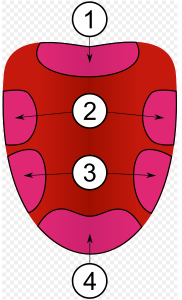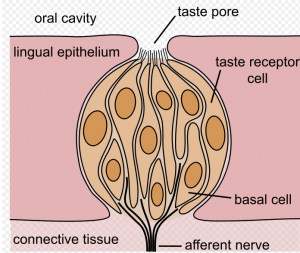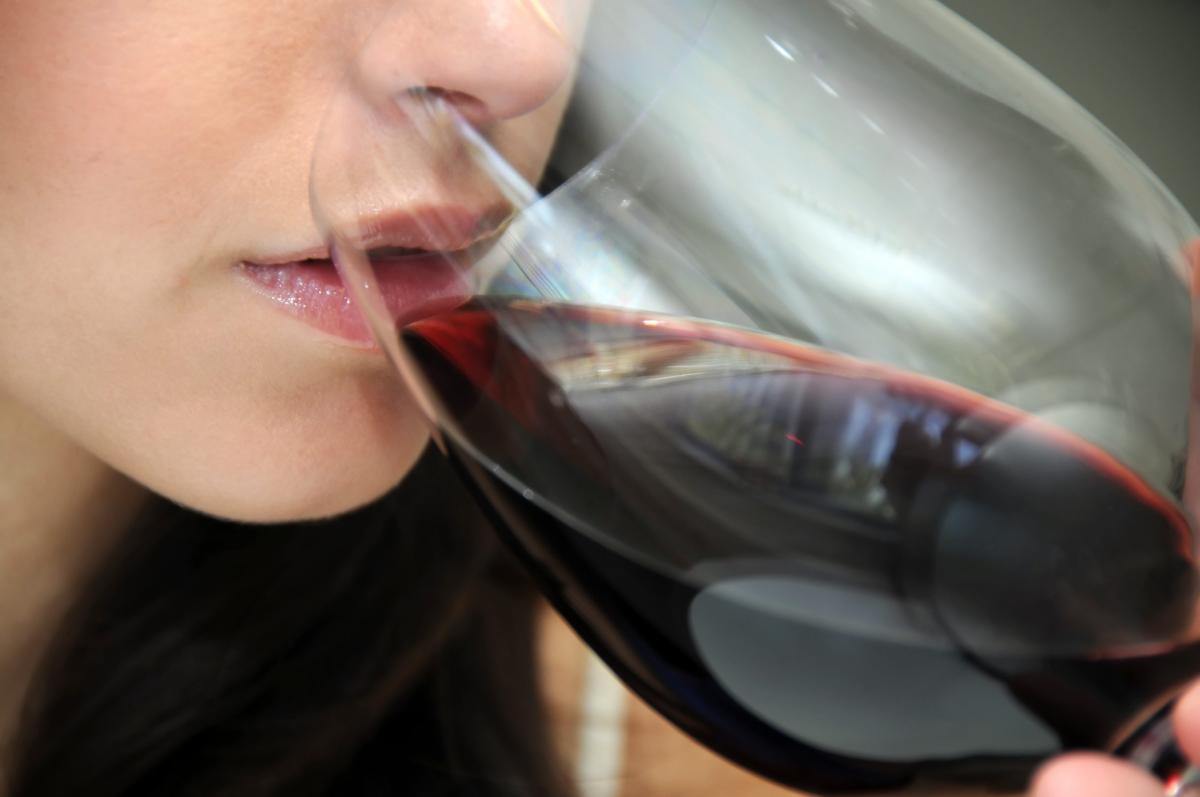Last week, we talked about Claus Riedel's obsession with designing the perfect wine glass. One of his objectives was to direct the wine to the "correct" part of the mouth so that the right taste buds would make first contact. Well, that seems logical--we all remember those "tongue maps" like the one below from elementary school science class, right? But here's the catch: your tongue doesn't work like that. And what's more, researchers have known it for at least 30 years.

The myth: 1. Bitter 2. Sour 3. Salty 4. Sweet
Riedel's advancements in glass design have made a huge impact on the wine industry. Many experts, we at Vintage Cellars among them, agree that enjoying your wine from the correct glass can make a huge difference in the aroma and flavor of your wine. Check out our post on the subject to learn more. But please don't believe any glassware's claims to direct the wine to the "right" area on your tongue, because there isn't one.
Want to know how your sense of taste really works? Here's a little science:
You know all those tiny bumps covering the surface of your tongue? Those aren't your taste buds. They are called papillae, and your taste buds sit on some of them. When you take a sip of wine, it mixes with your saliva and enters small openings on your tongue to come in contact with your taste receptors. (You have many different kinds of receptors; they are what help you sense heat, noise, light, and everything else in the world around you.) The taste receptor cells send information through your seventh, ninth, and tenth cranial nerves to the areas of the brain that process and interpret taste.

Schematic drawing of a taste bud
You have between 2,000 and 8,000 taste buds that can sense at least five tastes: sweet, salty, biter, sour, and umami (or savory). Although there is some variation, all of your taste buds detect the five tastes more or less equally, regardless of their location on the tongue.
So then how did the myth get started?
In 1901, a German research paper on taste by a scientist named D.P. Hanig was mistranslated by a Harvard academic. Hanig had simply concluded that sensitivity to various tastes seems to vary between different tongue locations. From this paper arose the infamous tongue map. No one challenged this interpretation until 1974, when a scientist named Virginia Collins re-examined Hanig's paper and found that all five tastes can be detected anywhere there are taste buds. Put a little sugar on the back of your tongue. Even though according to the tongue map, it's the front part that perceives "sweet," you'll find that you can taste it no matter where it's placed.
Collins' conclusion: there are indeed variations in how receptors in different parts of the tongue detect tastes. But the variations are so small that they are insignificant. Unfortunately, wine glass makers have chosen to promote the first part, prolonging the myth, and ignore the second part.
So by all means, go out and shop for the best wine glasses for your favorite wine, whether it's Chardonnay or Cab. The correct shape and size can do wonders to improve the flavors of your favorite wine. But shop wisely: any claims a company makes involving your "tongue map" are simply ludicrous.




